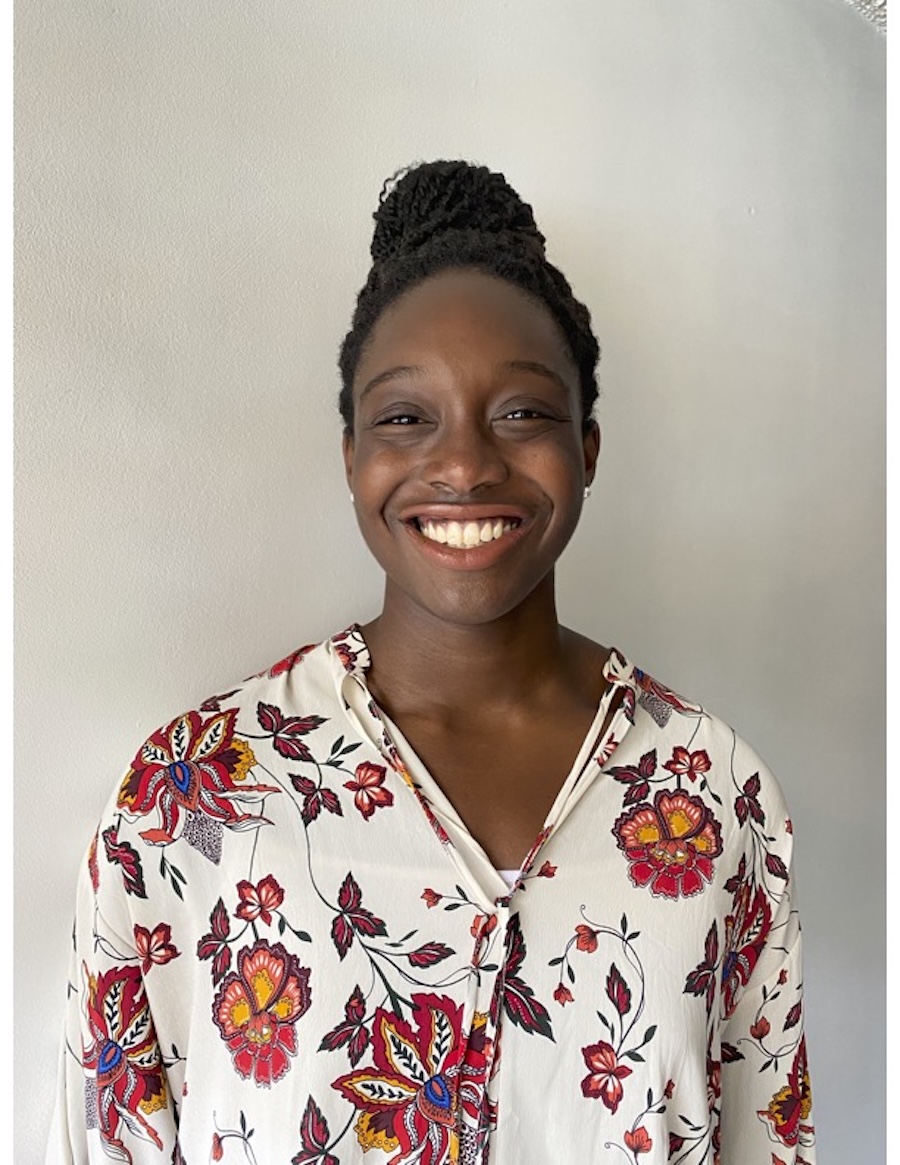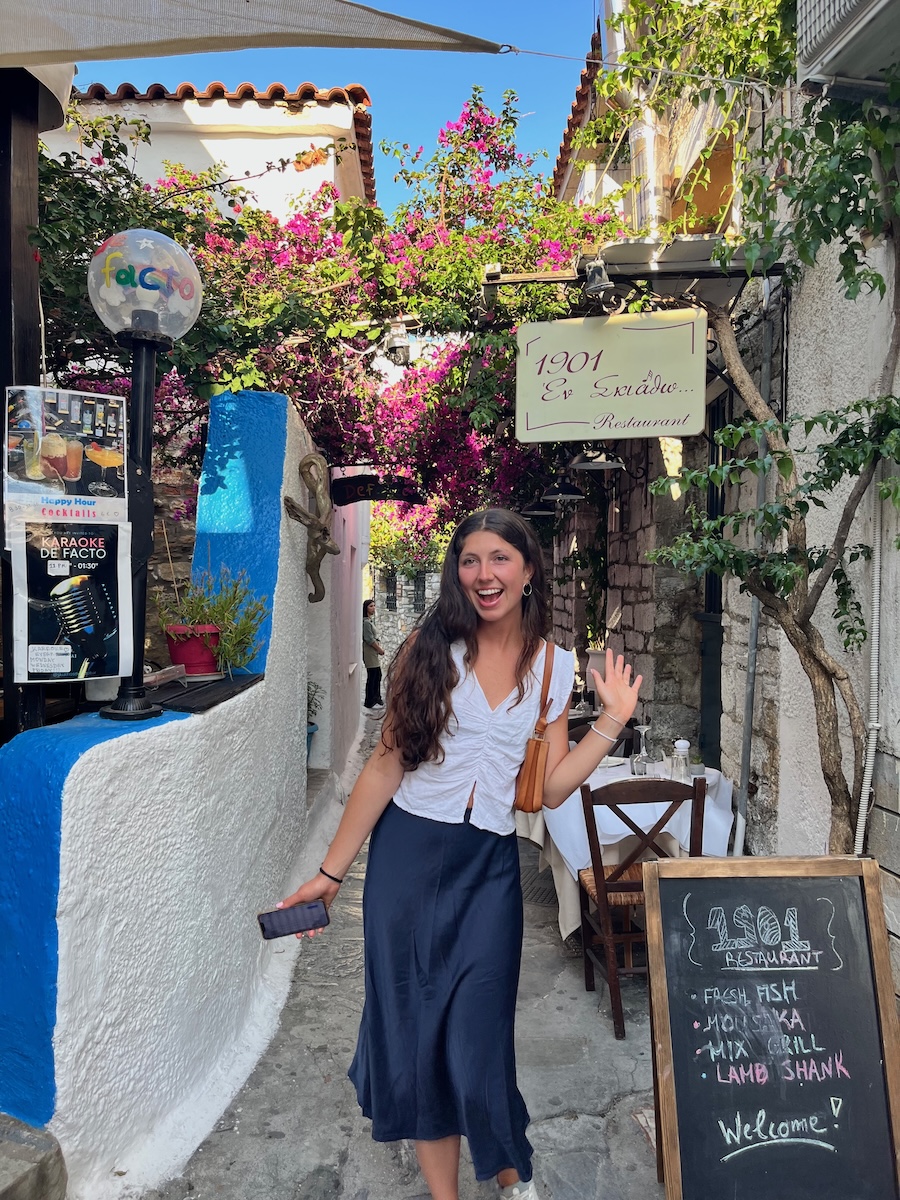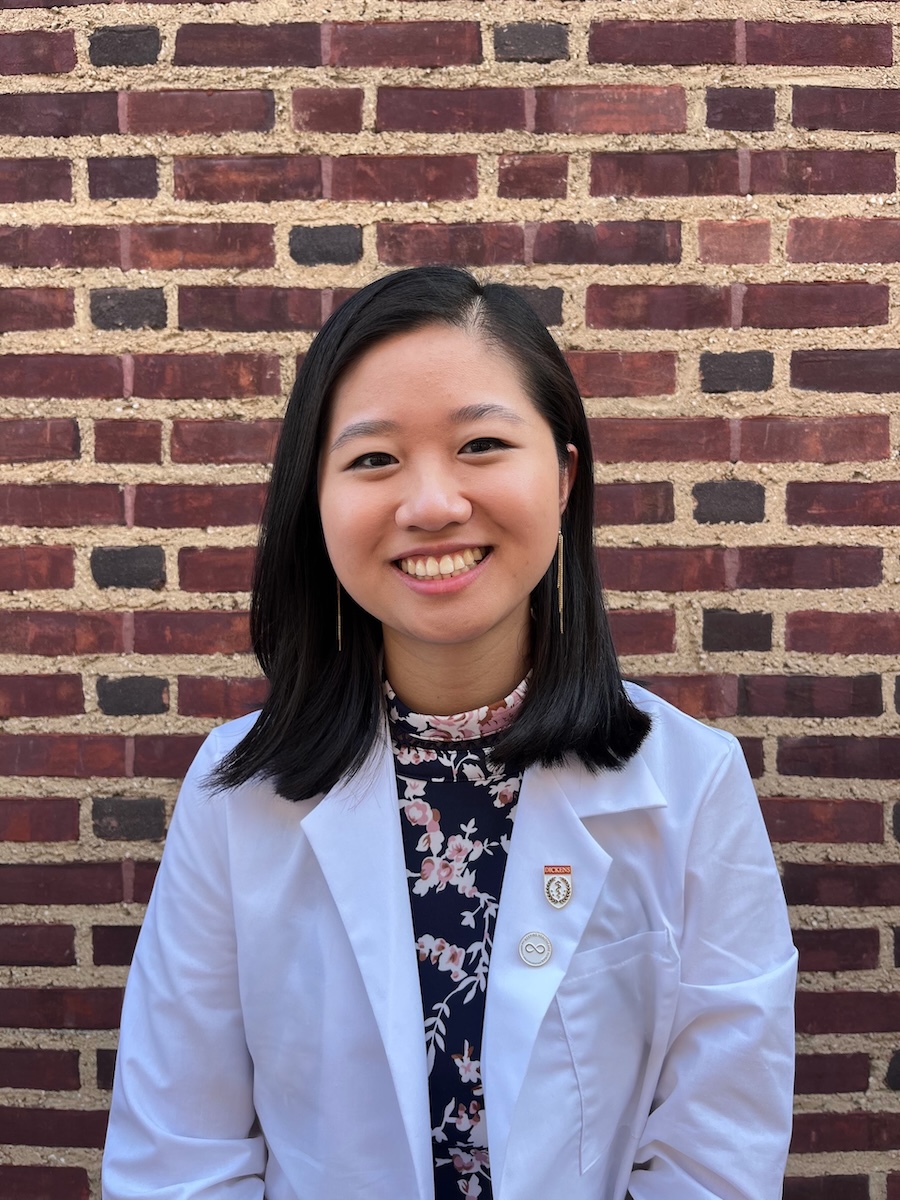What have you been up to since graduating from Bowdoin?
I graduated in 2023 with a double major in Africana studies and economics, and a Hispanic studies minor. Shortly after graduation, I moved to Chicago to work at a healthcare consulting and financial advisory firm.
Why Hispanic studies?
Since childhood, I have dreamed of becoming fluent in multiple languages. I began studying Spanish in elementary school, and by high school, I was deeply committed to improving my skills. At Bowdoin, I continued taking courses that expanded my knowledge of the Spanish language and the diverse cultures where it is spoken.
I am especially grateful that the courses challenged us to communicate in Spanish, both orally and in writing, with peers and professors. They not only shaped my Bowdoin experience but also significantly influenced my study-abroad journey and my honors thesis. For these reasons, Hispanic studies holds a very special place in my heart.
Are there any classes, professors, or experiences that had a lasting impact on you?
All of my Hispanic Studies professors left a lasting impact on me. I often reflect on the topics we explored and the skills I developed in those classes. Professors Celis, Boyle, and Sims (who is no longer at Bowdoin) were particularly thoughtful and passionate educators. Their guidance supported my growth in the Hispanic studies minor both inside and outside the classroom.
Professor Celis introduced me to the CET Colombia study-abroad program, which I participated in during my junior year. The program focused on race, ethnicity, and identity, particularly within Afro-Colombian communities, and it was transformative for me. Later, Professor Boyle served as my faculty advisor for the Allen Wells Travel and Research Grant, which allowed me to return to Colombia to further explore historical texts and themes from the program. This research became foundational to my senior thesis in Africana Studies, Ethnicity and Territory: Cultural and Political Autonomy for African Descended Colombians through Law 70. Both professors were pivotal in my growth throughout the Hispanic studies department and beyond.
What advice would you give to current students or recent graduates interested in working in fields connected to language, culture, or global engagement?
Enjoy the experience! Be open-minded and take the time to learn from others. Whenever possible, practice the language with native speakers. It will be challenging but incredibly rewarding. Be mindful of your words and actions, especially in cultural contexts different from your own. Take time to reflect on the distinction between cultural appreciation and cultural appropriation.


